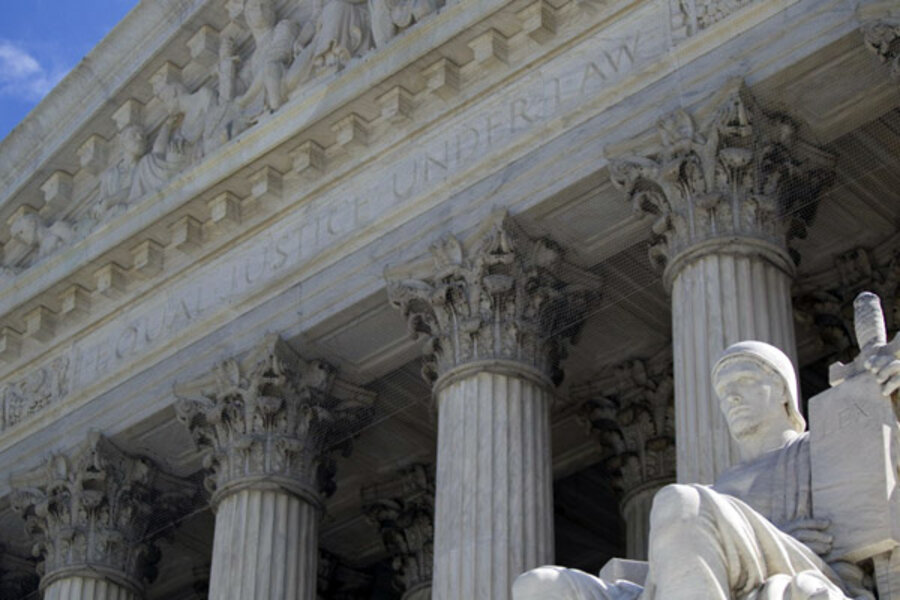Supreme Court says no to new rule on eyewitness testimony
Loading...
| Washington
The US Supreme Court on Wednesday declined to create a new constitutional rule that would have required judges to test the reliability of eyewitness testimony whenever the witness’s observations were made under suggestive circumstances.
In an 8-to-1 decision, the court said various trial protections, including specific jury instructions, are adequate to safeguard the fairness of trials where eyewitness testimony is introduced.
“The fallibility of eyewitness evidence does not ... warrant a due process rule requiring a trial court to screen such evidence for reliability before allowing the jury to assess its creditworthiness,” Justice Ruth Bader Ginsburg wrote in the majority opinion.
The issue arose in the case of a New Hampshire man, Barion Perry, who was arrested after a witness told police she had seen him remove a large box from her neighbor’s car.
When asked by police to identify the man, she motioned toward the window and said he was standing in the parking lot with a police officer.
A month later, however, the witness was unable to identify the suspect’s face in a police photo array.
Mr. Perry’s lawyers asked the judge at his trial to exclude the witness’s testimony. The judge refused, in part because the suggestive circumstances of Perry’s identification had not been orchestrated by police.
Perry was convicted.
On appeal to the Supreme Court, Perry’s lawyer asked the justices to establish a new rule that would help prevent unreliable eyewitness testimony from being introduced at criminal trials.
Under existing precedent, judges are required to screen witness testimony for reliability whenever police are suspected of using suggestive tactics. Such prescreening has been deemed necessary to preserve the fairness of a trial in the face of suggestive police procedures.
But Perry’s lawyer wanted the court to significantly expand that practice to all witnesses whenever an identification was made under suggestive circumstances.
Studies have shown that faulty eyewitness identifications are a big factor leading to wrongful convictions. One study found that eyewitness misidentifications contributed to the wrongful conviction of 76 percent of the first 250 individuals whose cases were overturned with DNA evidence.
Despite that acknowledged danger, the high court refused on Wednesday to establish a new rule.
“We hold that the due process clause does not require a preliminary judicial inquiry into the reliability of an eyewitness identification when the identification was not procured under unnecessarily suggestive circumstances arranged by law enforcement,” Justice Ginsburg wrote.
In a statement from the bench, Ginsburg said one reason to exclude eyewitness evidence that had been generated by suggestive police tactics was to deter police from using such tactics. “The aim is to stop law enforcement officers from using improper arrangements, for example, suggestive lineups, showups, or photo arrays,” she said.
But she added, “Where there is no improper police conduct, there is nothing to deter.”
Many factors, Ginsburg said, may cast doubt on the reliability of eyewitness testimony, including poor vision or a witness with a grudge. But the criminal justice system is designed to help a jury determine the reliability of evidence.
In a lone dissent, Justice Sonia Sotomayor said the court’s focus was misdirected toward police deterrence rather than the broader goal of witness reliability.
“The court’s holding enshrines a murky distinction – between suggestive confrontations intentionally orchestrated by the police and, as here, those inadvertently caused by police actions – that will sow seeds of confusion,” she wrote.
The holding, she said, “ignores our precedents’ acute sensitivity to the hazards of intentional and unintentional suggestion alike.”
The case is Perry v. New Hampshire (10-8974).





